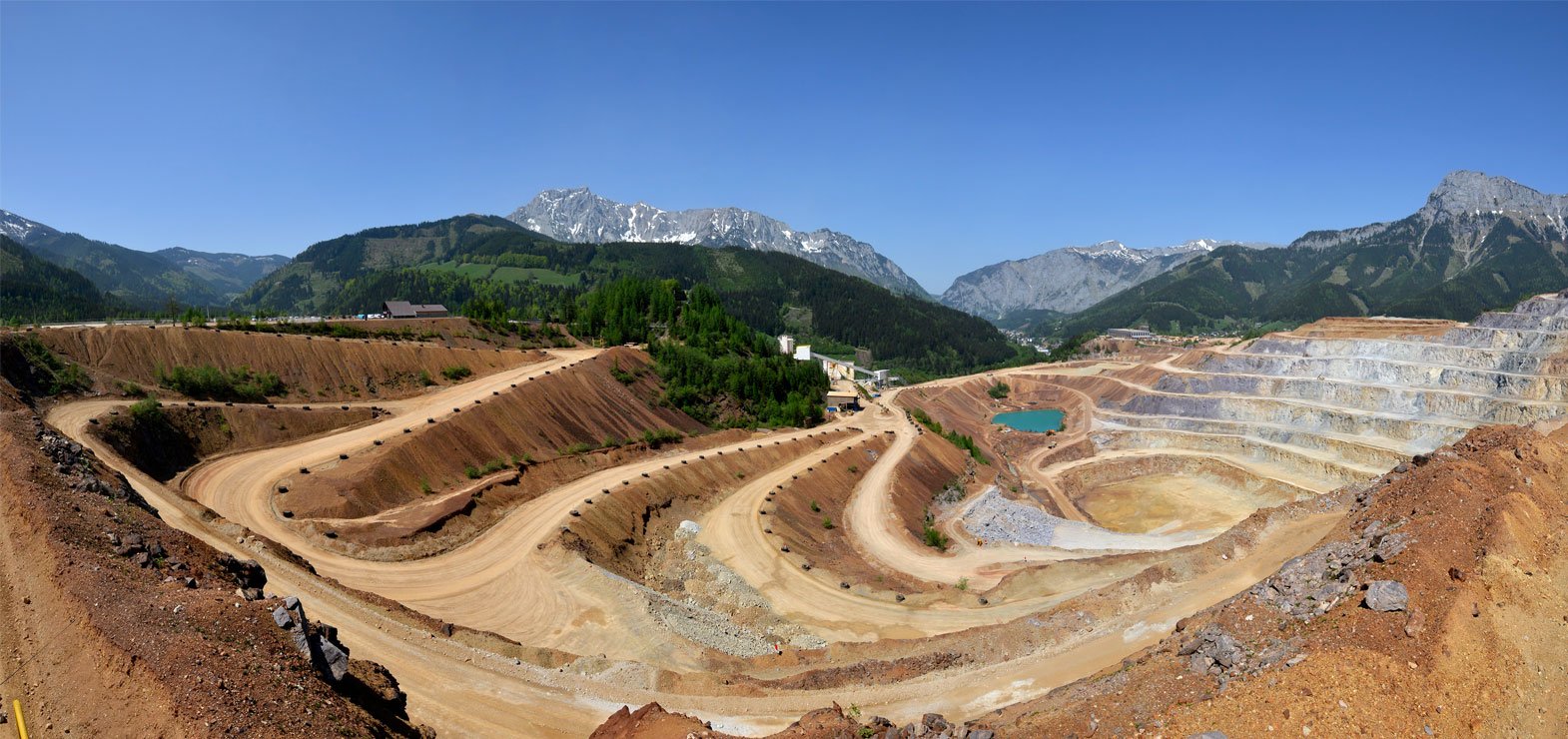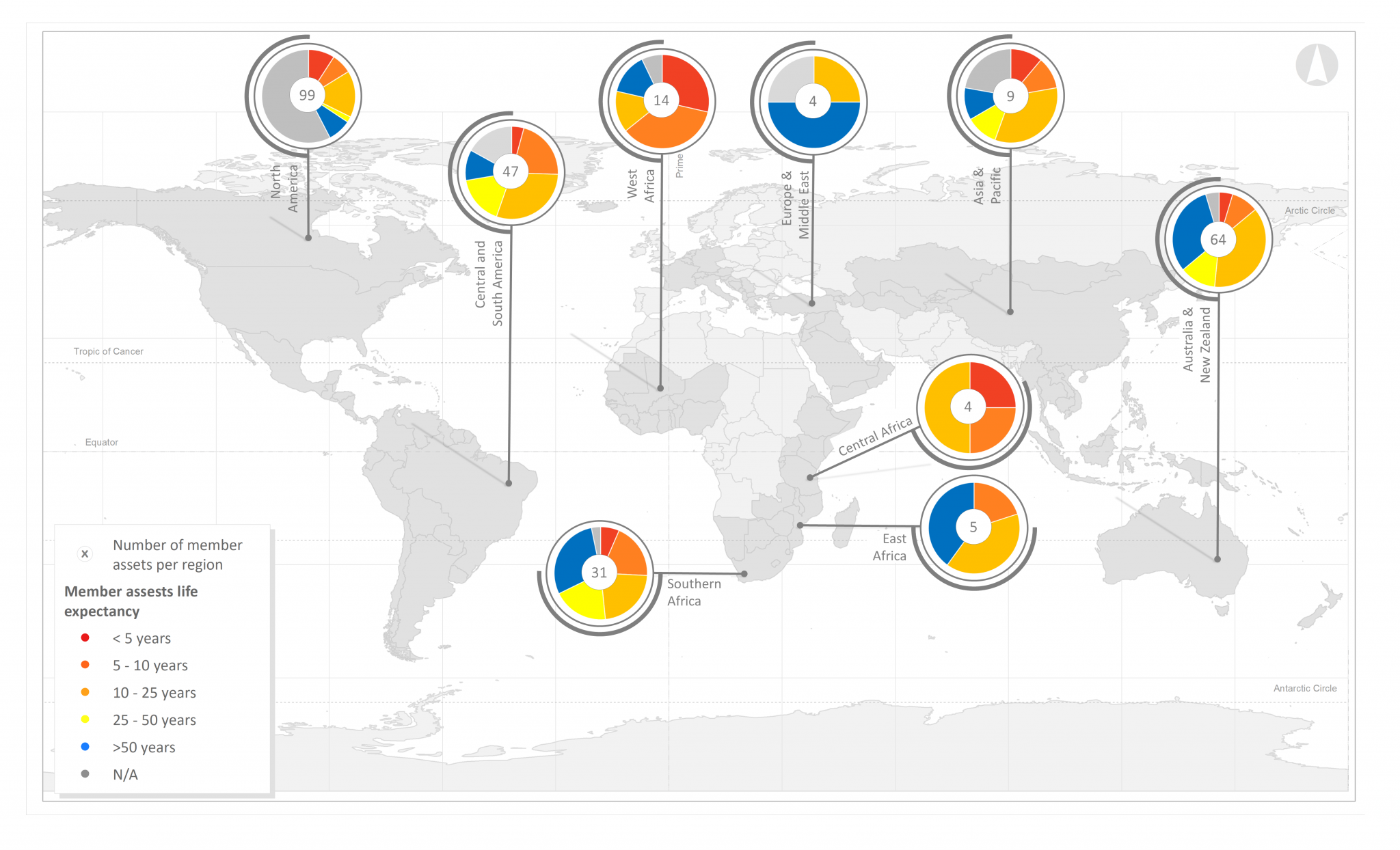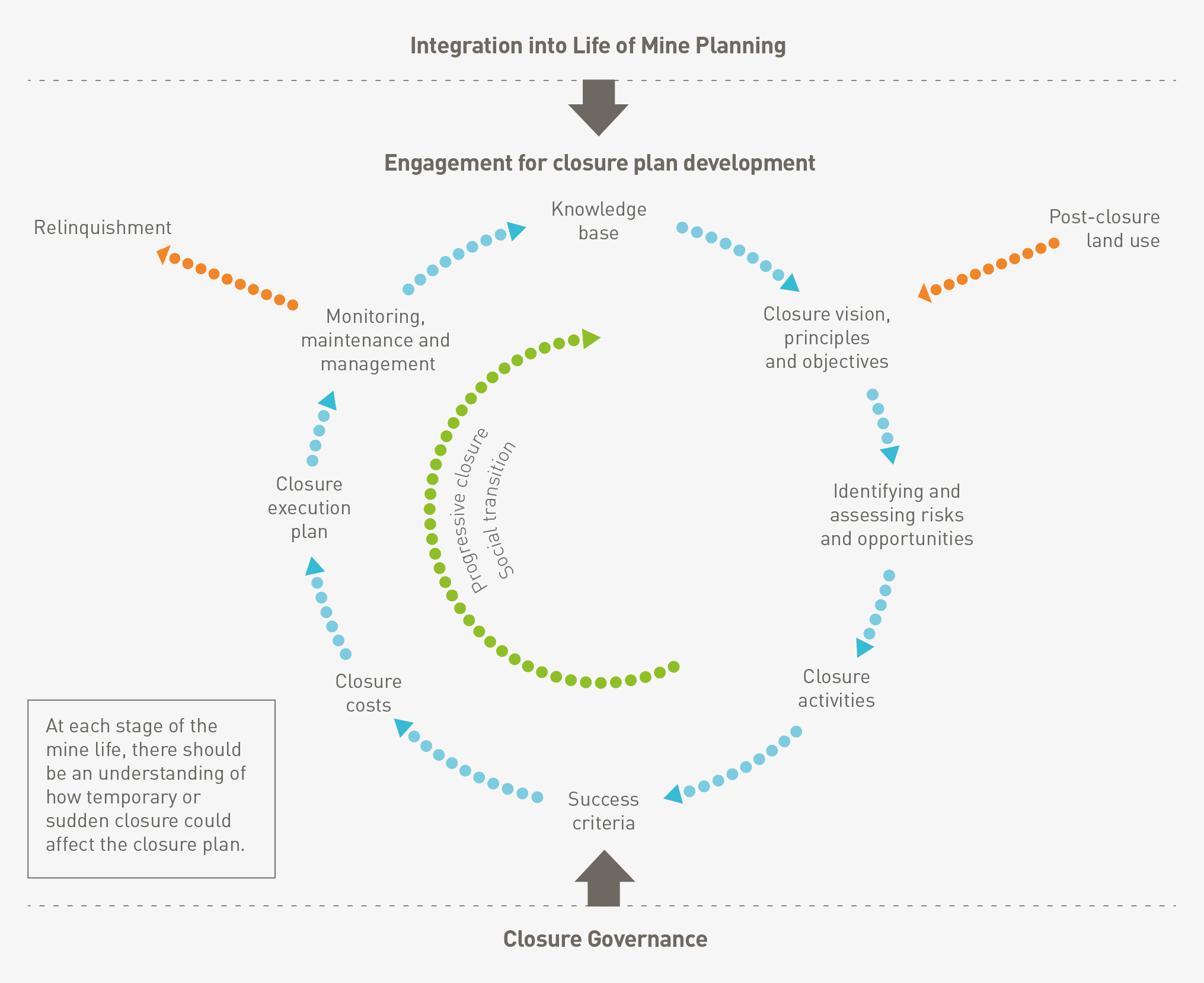ICMM’s Integrated Mine Closure: Good Practice Guide – then and now

The ICMM’s most recent closure guide is intended to support ICMM members, mining companies and regulators in delivering a positive legacy that balances environmental protection and social wellbeing with financial performance
The vision of the International Council on Mining and Metals is for mining and metals to be a respected industry, trusted to operate responsibly and contribute to sustainable development.
The industry’s approach and practices toward managing issues of importance to local communities and broader society has continued to evolve, incorporating improved understanding and performance. Mining companies must prioritise responsible closure of their mines to ensure that the social licence of mining is not diminished and the industry is able to continue delivering the raw materials required for ongoing sustainable development of society.
Mine closure is a priority issue for affected communities, non-government organisations and wider society. Governments have responded with ever-tightening regulation on mining operations and consequently on closure requirements.
Mine closure has been a topic of focus for ICMM since its inception in 2001, when it initially shone a light on tailings, acid drainage and abandoned and legacy sites as issues of particular note requiring focused attention. These issues were identified through the Mining, Minerals and Sustainable Development initiative.
In 2008, ICMM released its Planning for Integrated Mine Closure: Toolkit to provide practical guidance to its members on the latest approaches to responsible mine closure. The toolkit has been widely cited and has remained one of ICMM’s most downloaded documents in the ten years since its publication. However, responsible mining practices are constantly evolving, with greater emphasis being placed on values-based behaviours that deliver sustainable benefits for people and the planet long after a mine has closed.
‘Responsible mining practices are constantly evolving, with greater emphasis being placed on values-based behaviours.’
With many mines across the globe facing closure over the next decade (Figure 1), ICMM decided to update its closure guidance to incorporate advancements in practice. In February 2019, ICMM published its Integrated Mine Closure: Good Practice Guide, a major update to the 2008 toolkit. The new guide is intended to support the goal of ICMM members, other responsible mining companies and regulators in delivering a positive legacy that balances environmental protection and social wellbeing with financial performance by reducing potential risks and associated liabilities.

What has changed over the last decade?
Since the launch of the toolkit in 2008, mine closure practices have progressed significantly, particularly in relation to:
- the integration of closure into mine planning
- social aspects of mine closure
- post-closure land use
- the development of strategies for relinquishment.
Integrated mine closure
Integrated mine closure is a dynamic and iterative process that considers environmental, social and economic factors from an early stage of mine development and throughout the life of an asset.
Considering closure as an integral part of the operation’s core business is fundamental to this process. The structure of the ICMM guide reflects this process, providing good practice guidance to key elements of mine closure planning and implementation. The updated guide also provides emphasis on the need for adequate closure governance structures to ensure closure planning is integrated into life of mine planning.
Social aspects of mine closure
There is explicit recognition within ICMM’s guide to the social dimension of mine closure and managing the social transition from an operating mine to a closed mine. In its earlier years, mine closure planning was largely focused on the physical aspects of mine closure. But community interest in closure outcomes has increased in recent years, together with a perception that mining company’s efforts to address community perspectives have fallen short of what is needed.
An effective approach requires early planning and implementation, aligning on a shared vision of a post-mining future, development of relationships based on trust with clear roles and responsibilities, building cross-functional teams and ensuring an integrated approach to support social transition for closure.
Post-closure land use
ICMM has included guidance on post-closure land use – an area that’s gaining a lot of traction in the industry, especially alternative land uses. Post-closure, mined lands may be returned to pre-mining land use. However, this is not always desired or possible. There is no single process to plan for post-closure land use. However, there are a number of principles that can be used to identify and evaluate closure options that are provided within the guide.
‘There is no single process to plan for post-closure land use. However, there are a number of principles that can be used.’
Strategies for relinquishment
Over the last 10 years, there are few noted relinquishment successes where mining companies have been released from all forms of obligations and where the next landowner or regulator accepts responsibility. Successful relinquishment is achieved by demonstrating that success criteria agreed with the primary regulator has been achieved. Such success criteria are generally established against key environmental and safety risks and address the potential liability to be ‘accepted’ by the relevant government authority.
An inability to agree on appropriate success criteria is often cited as one of – if not the primary – reason that few closure sites have achieved relinquishment. Final relinquishment of closed sites may not always be possible but should be a desirable end point of the life of the asset. Specific actions that will improve the possibility of relinquishment are provided in ICMM’s guide. Detailed planning and robust execution of closure throughout the mining life cycle can help increase the probability of achieving successful relinquishment.
The guide highlights that although historically the closure process has relied on the mining company’s expertise to conceptualise and deliver results, in modern practice, communities and governments play a key role in creating successful closure outcomes.
The ICMM Closure Guide pathway
A pathway that is aligned with the organisation of the Closure Guide can be drawn through the key elements of mine closure (Figure 2), although the steps through the planning cycle will not necessarily be sequential. In practice, there are many feedback loops that interconnect each element – hence the need for an iterative process.

The guide provides detailed information and considerations on each of the above steps in the pathway. The guide also includes supplementary information in the form of a series of tools to aid the practitioner in developing closure plans and carrying out activities in support of closure. Case studies are drawn from the experiences of ICMM member companies and are presented throughout the document to illustrate recent, practical experience with mine closure at sites around the world.
The guide is free for mining companies and regulators to use and can assist in formulating well-considered decisions when planning for and closing a mine.
Conclusion
Planned mine closures around the world are expected to become more frequent over the next decade, offering an important opportunity to improve performance. By initiating a progressive and integrated mine closure process, innovative solutions can be found to support both the mining industry as well as supporting engaged and sustainable communities. The social and economic risks and opportunities of closing a mine are usually significant and underline the importance of early and proactive planning and preparation throughout the mine life.
ICMM’s Integrated Mine Closure: Good Practice Guide provides its members and other responsible mining companies with the guidance needed to effectively integrate closure across the mining lifecycle. This in turn creates the opportunity for companies to be proactive in identifying and addressing risks early, before they become material with the potential to compromise eventual mine closure, and helps to build stakeholder confidence.
About ICMM
The International Council on Mining and Metals (ICMM) today brings together 27 mining and metal companies and 36 regional and commodities associations to strengthen environmental and social performance and enhance mining’s contribution to society. Visit www.icmm.com.
